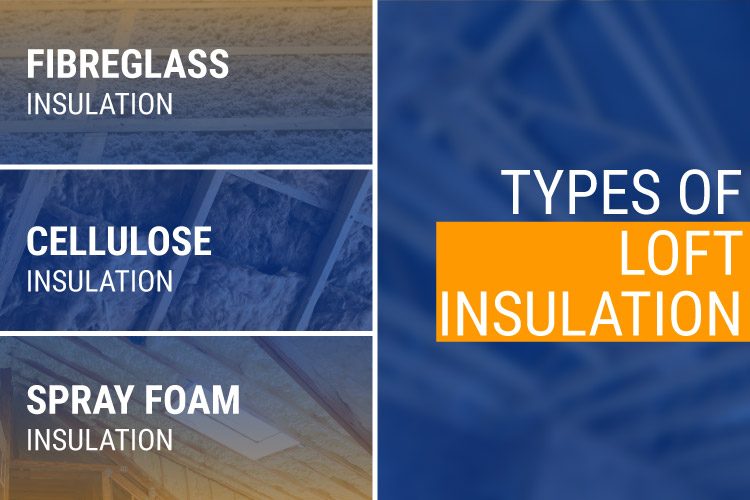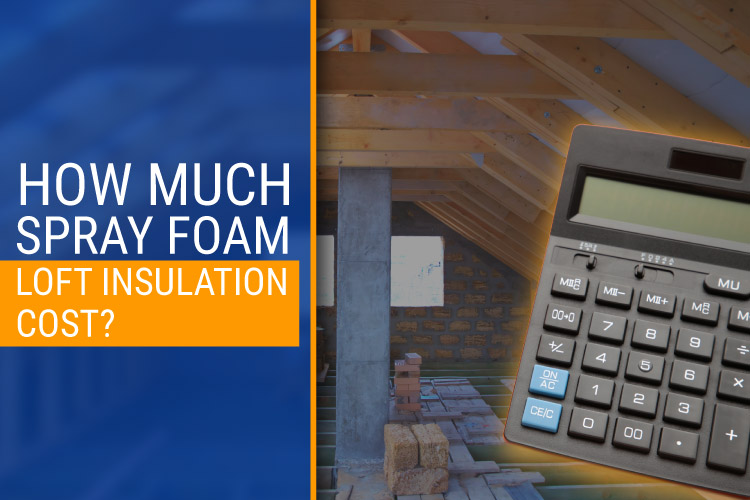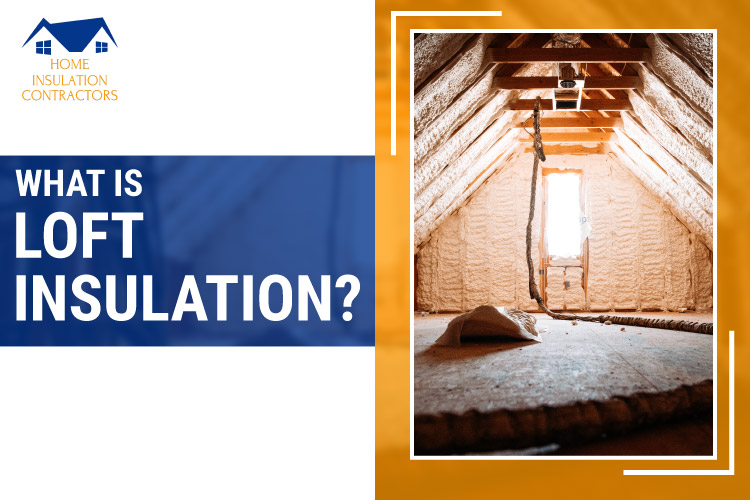Loft insulation is like a cozy blanket for your home’s roof. It keeps warmth inside during winter and blocks heat from entering during summer.
With current energy crisis going on in the UK there has been great focus on how to save on your energy spend every month. Loft insulation has been recommended by various industry experts as a sure sort way to save money on your energy bill whole year round. Loft insulation is a process of creating a barrier inside your loft which prevents or delays transfer of heat from inside the house to outside the house.
So basically, loft insulation is done to capture the heat inside your home which keeps your home temperature to a comfortable level for longer time and helps your save energy by delaying switching on or off of your heating system.
Why is Loft insulation required?
As mentioned above loft insulation creates a thermal barrier which prevents heat loss from your loft area to the outside environment. Thus, keeping your house warm for a longer duration of time. Now there is an argument why do get loft insulated and instead we can insulate our walls or get double glazed windows. This hold true to some extent but one very important thing to consider here is usually heat rises above and escapes through the roof of the building and does not travel sideways to escape from windows or doors. Another important point to mention is according to energysavingtrust.org around one fourth of the heat is lost due to uninsulated loft therefore it becomes very important to get your loft insulated properly and in timely manner.
Types of Loft Insulation

There are different types of loft insulation available in the market out of which we would be discussing few most used by homeowners.
- Fibreglass Loft Insulation – Fibreglass loft insulation is one of the oldest types of loft insulation available in the market. This also makes it one of most inefficient since it uses old technology in providing insulation. Fiberglass insulation usually comes in batts or rolls made up of miniscule glass fibre material. Fibreglass insulation has good fire property but since it’s made up of glass fibres it starts sagging overtime which reduces the effectiveness of the insulation. It also pollutes the home environment as overtime small fibre particles breaks down and get mixed with the air inside the home. This might result in skin irritation or in some cases breathing difficulties.
- Cellulose Loft Insulation – This contains cellulose cell which have natural insulating property. It is usually made up of shredded papers and boric acid which has fire retardant property. It is usually blown into the loft during installation and sometimes might create breathing problem if not properly done. It provides better insulation as compared to fibreglass but suffers from issues of moisture absorption which results in creation of mould and condensation in the loft area.
- Spray Foam Loft Insulation – Spray foam insulation is a latest type of insulation to enter the insulation market and has superior insulation property when compare to other traditional types of insulation. It is usually sprayed at rafter level and it creates an air tight barrier which helps in keeping your home warm in winters and cool in summers. It usually helps in lowering your energy bills by up to* 50% when compared to traditional loft insulation. Spray foam insulation when applied expands close to 100 times its initial volume thereby filling every crack and crevice to create air barrier and eliminating any air leakage.
Benefits of Loft Insulation
Rapid rise of Loft insulation has proven that spray foam insulation is a superior insulation when compared to other traditional types of insulation in terms of providing desired insulation and also in other aspects as well.
- Spray foam loft insulation provides better thermal insulation as compared to other types of insulation.
- Spray foam like Huntsman Building Solutions H2Foam Lite is 100% water blown foam and completely eco-friendly.
- Generally for residential insulation Open Cell Spray Foam Insulation is used which is breathable in nature thus allowing moisture to pass through and eliminate any occurrence of mould or condensation.
- It has very sound proofing property and can help in reducing noise pollution.
- This does not sag over time and usually last for the lifetime of your roof.
How much Loft Insulation cost?

Loft insulation costs more than traditional insulations to get installed but high initial cost is offset by better insulation, no maintenance or top-up required overtime. This makes spray foam insulation a better choice for loft insulation. There are other different factors involved in calculating the cost of spray foam insulation for your loft space which includes the following: –
- Total area of the loft that needs to be insulated
- Existing condition of the loft and does it require removal of old insulation.
- Condensation level in the loft and does it require dehumidifier to remove excess moisture before spray foam can be installed.
- How much labour is required to complete the job within a specific time frame?
Due to these factors it becomes difficult to calculate exact cost for spray foam loft insulation and better option is to find fully accredited and experienced spray foam contractors in your area. They will be able to help you by surveying your property and providing you with a comprehensive quote for the whole job.


